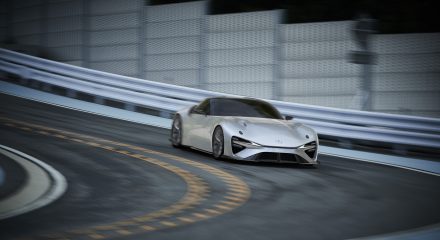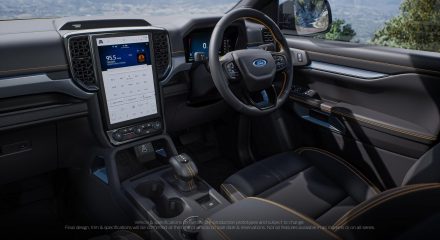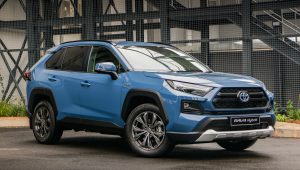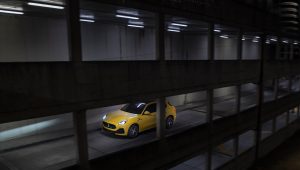Nissan recycles depleted EV batteries to power Japan
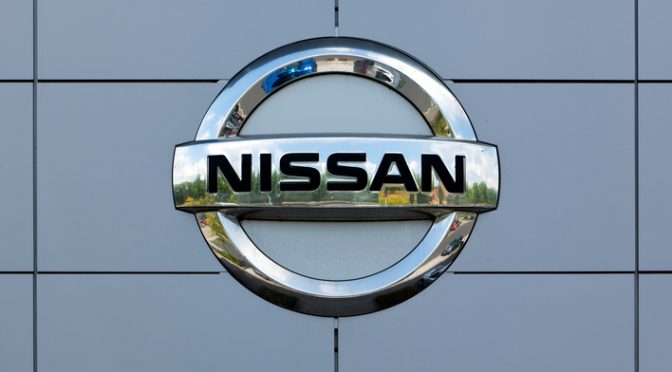
The automotive industry is evolving to an all-electric era, aiming for a sustainable zero-emission future.
Autoevolution stated that several EV components have a limited lifespan. The most important part of these is its battery packs. This essential component comprises several modules filled with lithium-ion cells that store electric energy and deliver it to the drivetrain.
These battery packs go through countless charge and discharge cycles that eventually diminishes the amount of charge the pack is able to hold.
The predicted lifespan of an EV battery pack is between 10 and 20 years, depending on construction and several environmental factors.
Nissan has been working on solutions to recycle EV batteries before it officially launched the Leaf, the company’s first mass-produced all-electric vehicle, in 2010.
Seven months before the Leaf was released, Nissan partnered with a Sumito Corporation to set up 4R Energy Corp in hope to develop necessary infrastructure and technology to refabricate, recycle, resell, and reuse the batteries of future Nissan EVs.
Scrapping old batteries was never an option as the newly founded company’s main goal is to give these components a second life by using them to power other things.
CEO Eiji Makino explains, “We knew that when it came to an EV, the recycling solution had to be much cleverer than the norm and have distinct benefits for EV owners. Simply recycling an old car for scrap metal wouldn’t be good enough.”
EV batteries have an average lifespan of more than a decade. The company is now fully operational and ready to give depleted Leaf battery packs life again.
When one of these packs is delivered to 4R Energy, it’s initially analyzed and graded. Those that feature components as good as new are given an A grade and can be used in new EV battery packs.
Receiving a B grade means that components are powerful enough for industrial machinery and large stationary energy storage units, like those that can store electricity captured during the daytime by solar panels.
The lowest grade depleted battery components get is C, but even those that get this grade are used in various forms like backup power units that supply power when the conventional electric grid fails. One example is the units found in grocery stores that power refrigerators and emergency lighting during an outage.
4R Energy engineers estimate that the recovered batteries have a life span of about 10 to 15 years, significantly extending their usability and reducing their overall carbon footprint.
The company’s focus on reusing battery packs to generate power is showcased by the innovative battery management system found on Koshikishima, a man-made island off the coast of southwestern Japan.
It is home to the world’s first large-scale energy storage system that harnesses wind and solar energy to power the charging network that supports a fleet of all-electric vehicles.
This facility uses 16 refurbished lithium-ion EV batteries to cope with energy fluctuations and store its energy output.
Ten years after the release of the Leaf, its depleted battery packs are already being given a second life and we hope that other major carmakers will follow Nissan’s example in the future.
Picture: Women On Wheels gallery

